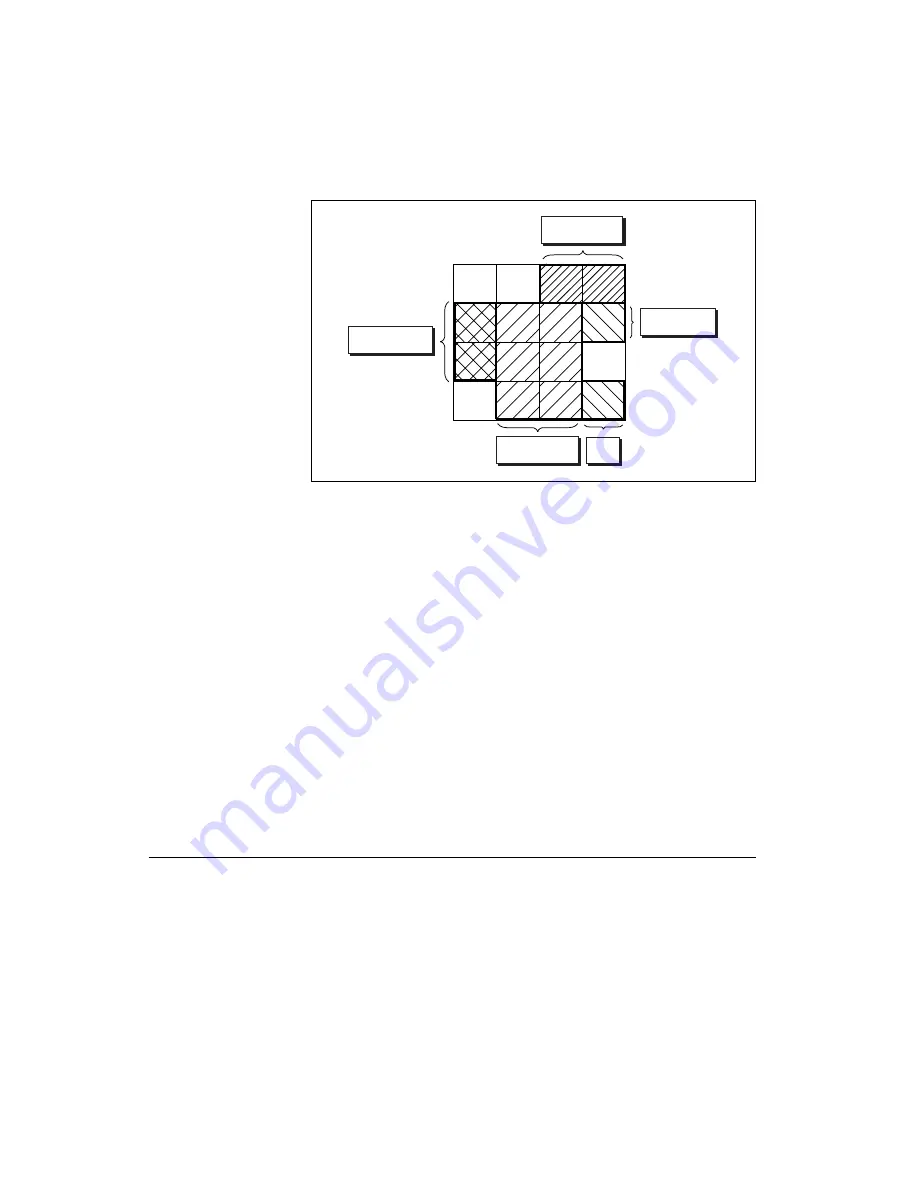
Chapter 1
Introduction
1-8
ni.com
Figure 1-3.
FPGA Logic Use in an Application with Higher-Level Functions
The FPGA is volatile and does not retain the VI when it is powered off.
Therefore, the VI must be reloaded every time power is turned on. The VI
comes from onboard flash memory or from the software over the bus
interface. One advantage to using flash memory is that the VI can start
executing almost immediately after power up, instead of waiting for the
computer to completely boot and load the FPGA. Refer to the
LabVIEW
FPGA User Manual
for more information about how to store your VI in
flash memory.
Reconfigurable I/O Applications
To create or obtain new VIs for your application, you can use the FPGA
Module, which allows the application to be specified using a subset of
LabVIEW. Arbitrary functionality can be defined for the RIO device. If
you are using the FPGA Module, refer to the FPGA Module examples
located in
LabVIEW 7.0\examples\FPGA
.
Software Development
You can use LabVIEW with the FPGA Module to program the
NI PXI-7831R. To develop real-time applications that control the
NI PXI-7831R, you can use the RT Module with LabVIEW and the
FPGA Module.
PID
Counter
Bus Interface
AO0
DIO<0..7>






























